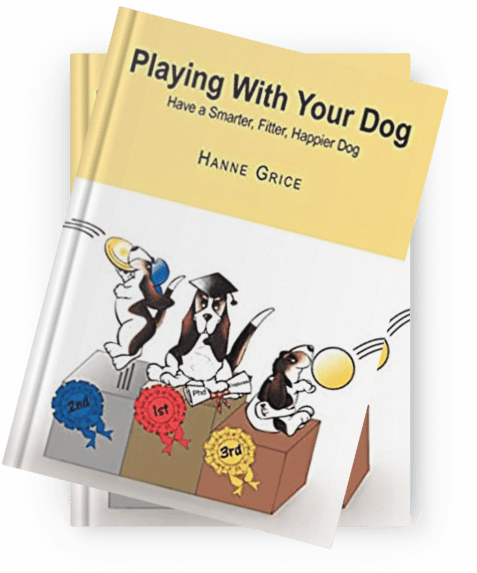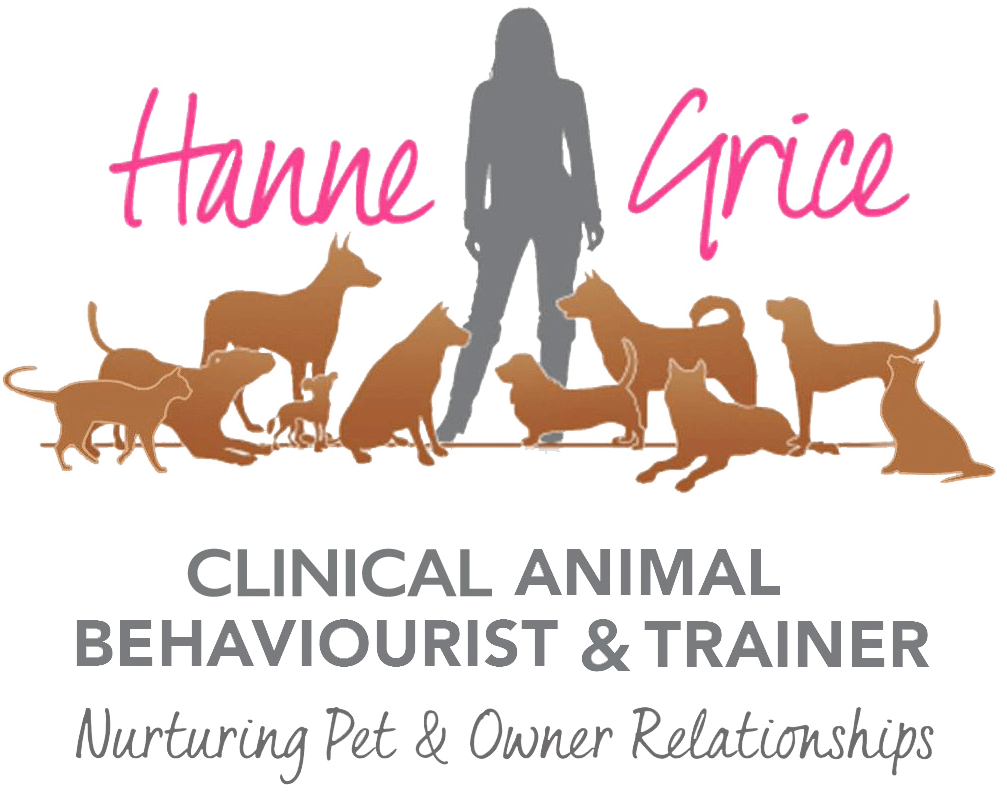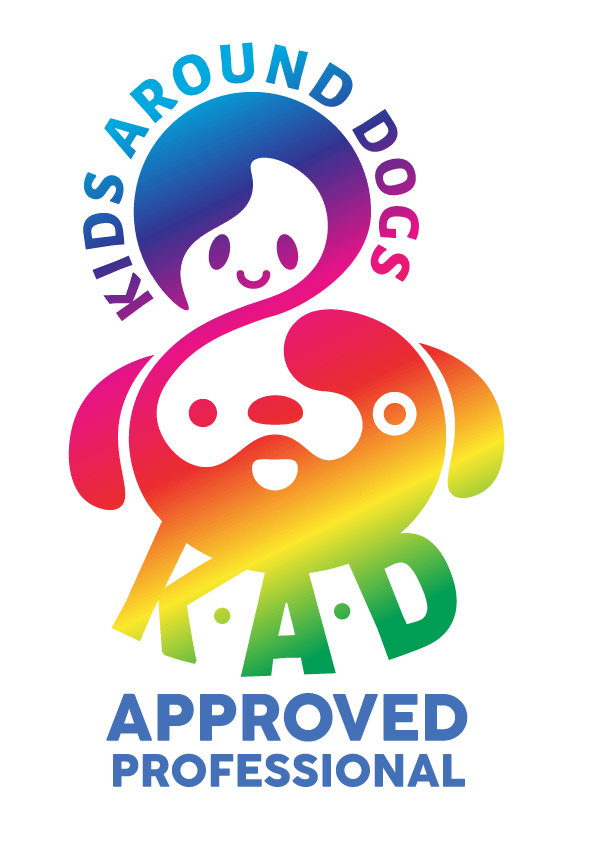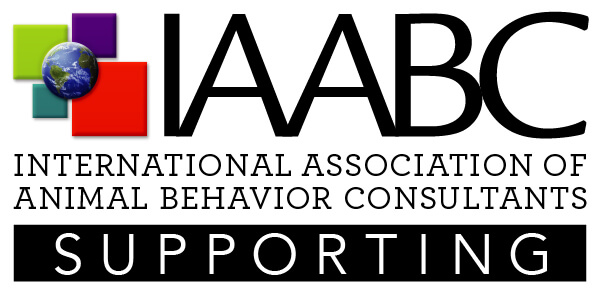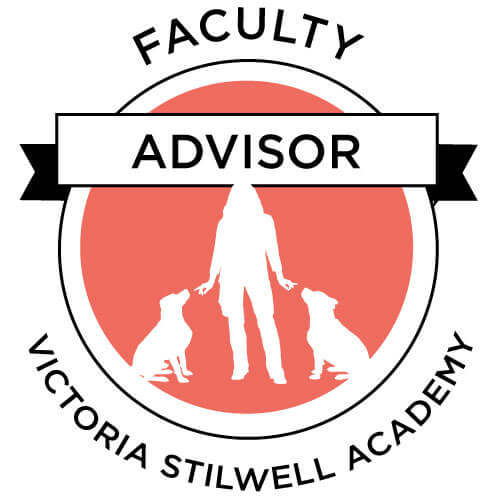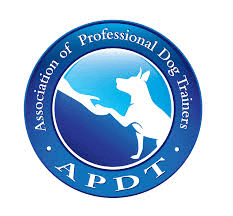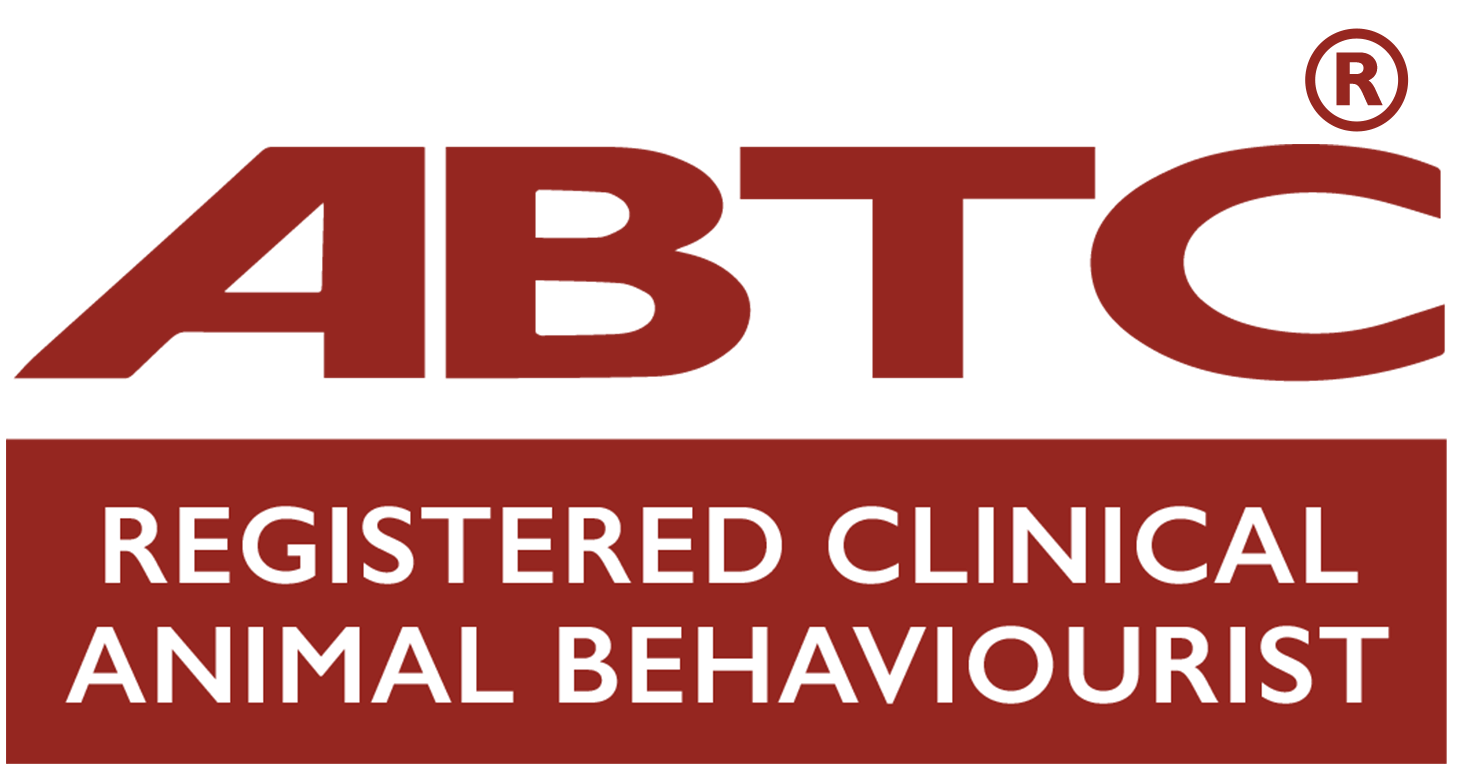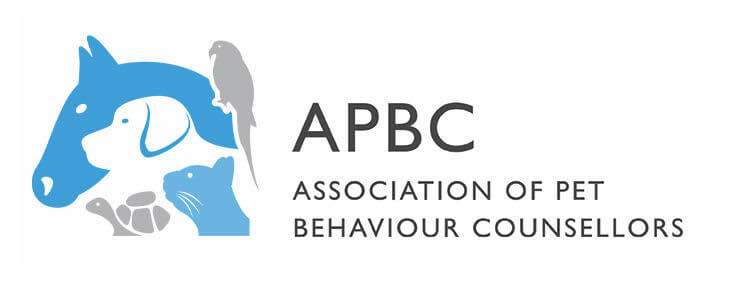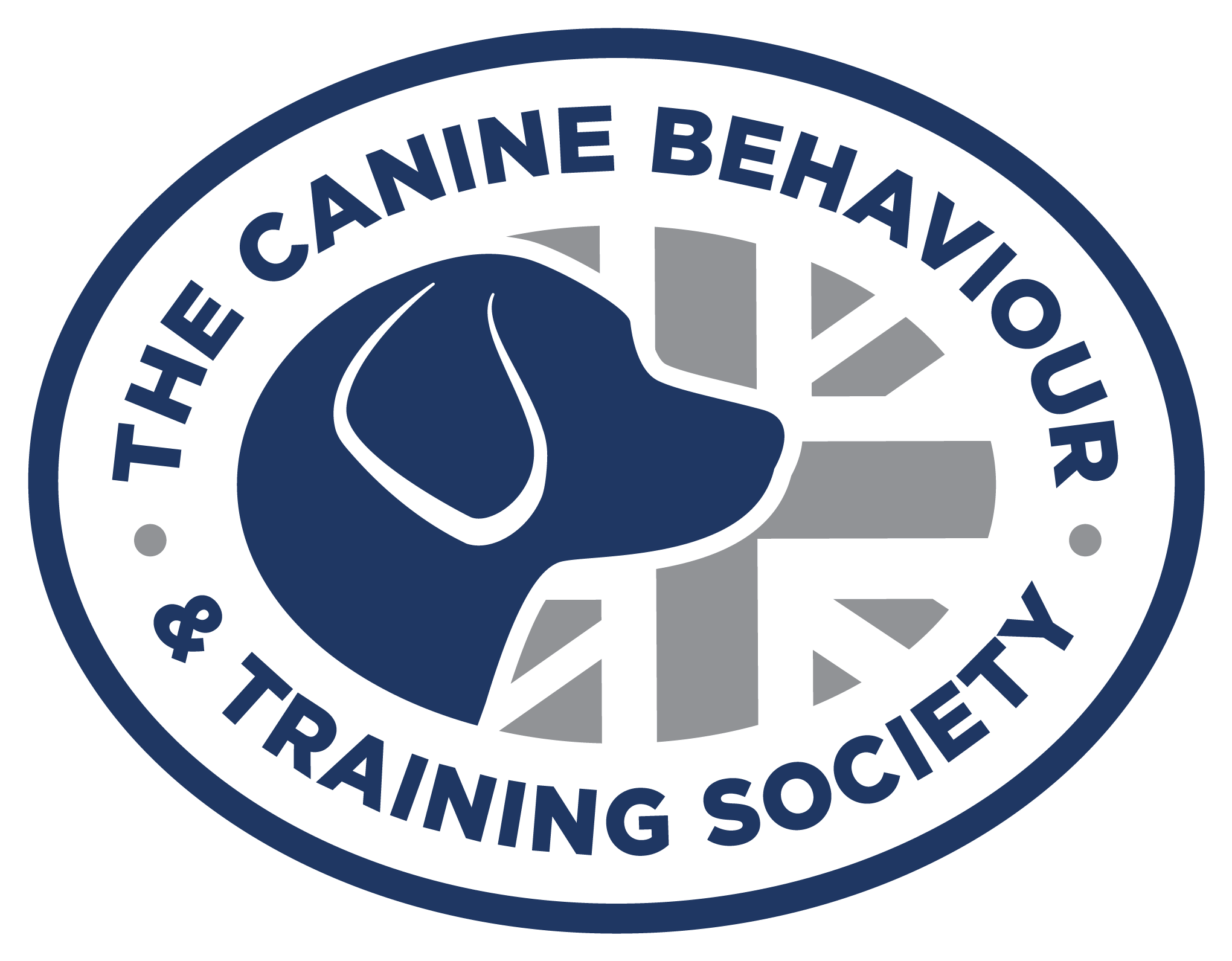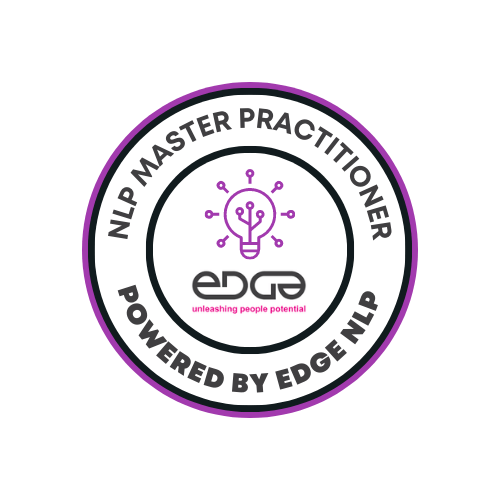Desensitisation is a behaviour therapy technique used to reduce a person’s or animal’s fear, anxiety, or other negative emotional response to a specific stimulus. It involves gradually exposing the person or animal to the feared stimulus in a controlled and safe environment, while teaching them to relax and remain calm.
An example of desensitisation with pets is using it to help a dog overcome its fear of loud noises. This can be done by first playing recordings of very low-level loud noises, such as thunderstorms, while the dog is in a relaxed state. As the dog becomes more comfortable with the noise, the volume can be gradually increased across a range of contexts. Once the dog is coping well with the sounds at a ‘realistic’ sound level, then the next step would be to build in other variables such as spraying some water onto the window (to mimic rain – the precursor to a thunderstorm), so our pet start to better cope with other stimuli associated with the noises. Through this desensitisation process, the dog learns to associate the loud noise with coping even relaxation, rather than fear.
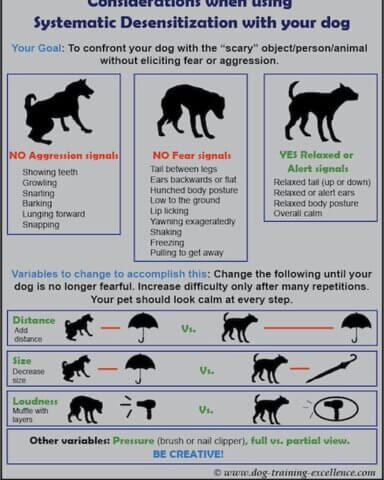
Another example of desensitisation with pets is using it to help a cat overcome its fear of being groomed. This can be done by first understanding the areas the cat can tolerate being touched and not, and the items typically associated with grooming such as a brush, and building in time with the brush present around the property in sight, and progressing to holding the brush, and then moving onto grooming the cat in their most tolerated body area for one brush stroke, then building this up in very short periods of time to simple strokes. Finally, then gradually moving to more intense ‘typical’ grooming. As the cat becomes more comfortable with the grooming, the duration of grooming sessions can be increased.
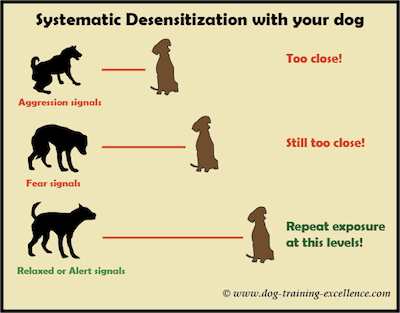
When looking for the right support for you and your pet, do check out the list of practitioners registered under the Animal Behaviour & Training Council’s website at www.abtc.org.uk. That way you can be assured the listed animal training instructors and behaviour therapists are using the most up-to-date methods, have been rigorously assessed, and are working to a set of standards within their registered role.
References:
- “Desensitization and Counterconditioning” by Karen Overall (1997)
- “Veterinary Behavior” by Bonnie V. Beaver (2016)
- “Effective Techniques for the treatment of phobias and fears” by D.C. Rimm & D.H. Johnson (1986)
Learn more about our classes
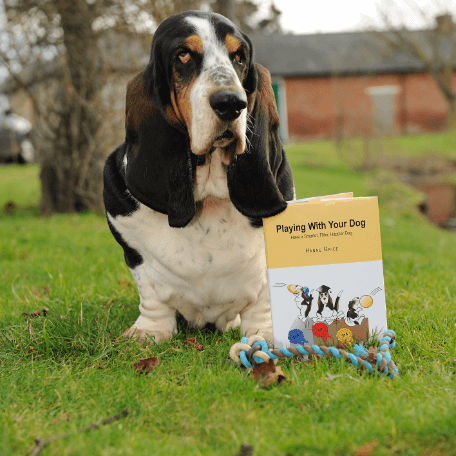
Get Hanne's Book
Playing With Your Dog will help any dog owner work out the games that are best suited for their pet to play throughout his life, from puppyhood to old age. The book also shares some tricks for all ages, group activities, and recommended toys that dogs will enjoy.
